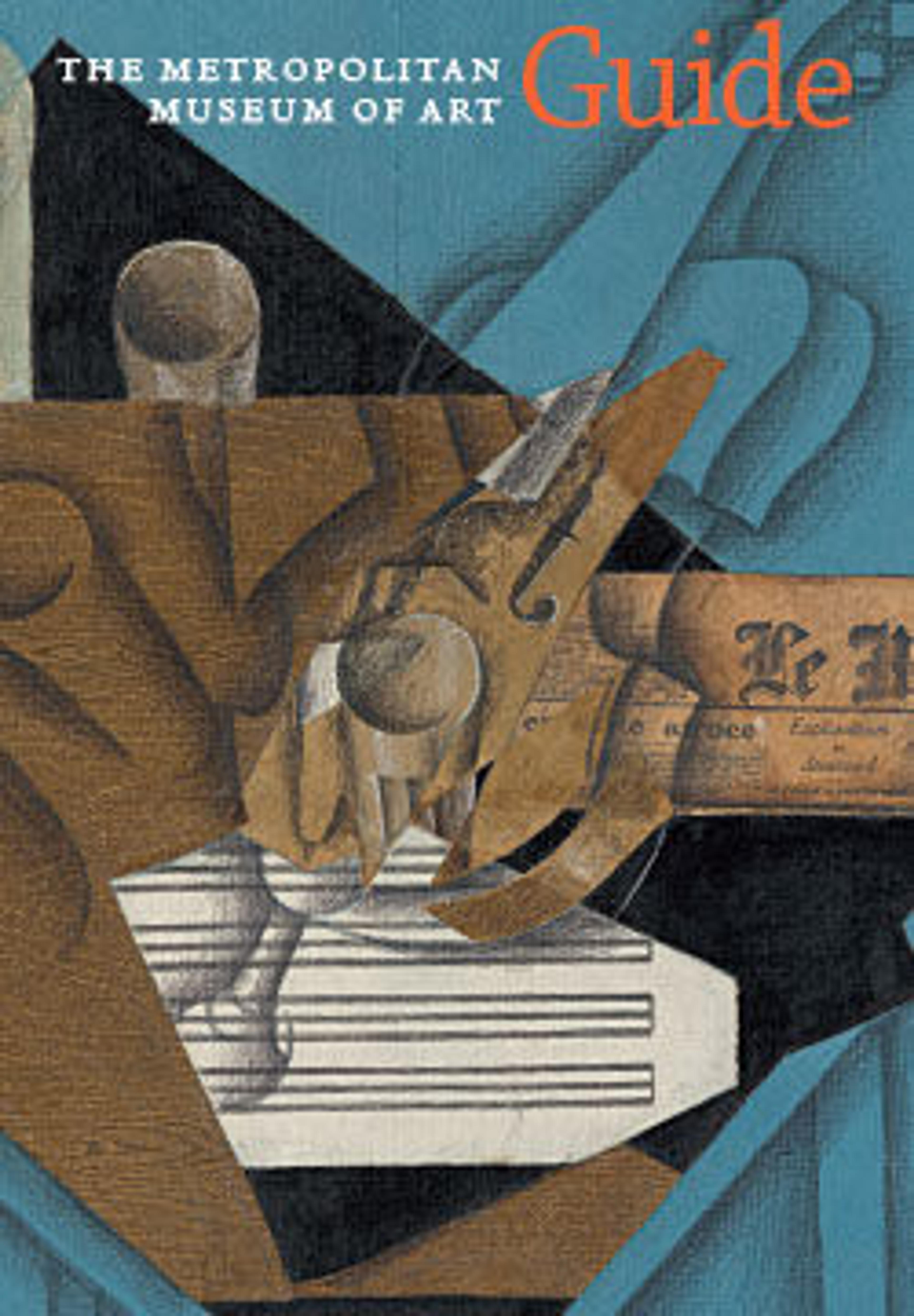English
Bow Brooch
This brooch is a luxury version of the kind worn by eastern Germanic women living along the Danube River in the 300s and 400s. It undoubtedly belonged to an aristocratic woman as part of a rich ensemble of gold jewelry consisting of armlets, rings, and collars with pendants.
Artwork Details
- Title:Bow Brooch
- Date:400–450
- Culture:East Germanic
- Medium:Silver with gold-sheet overlay and garnets
- Dimensions:Overall: 6 9/16 x 2 7/16 x 1 3/8 in. (16.7 x 6.2 x 3.5 cm)
- Classification:Metalwork-Gold
- Credit Line:Fletcher Fund, 1947
- Object Number:47.100.19
- Curatorial Department: Medieval Art and The Cloisters
More Artwork
Research Resources
The Met provides unparalleled resources for research and welcomes an international community of students and scholars. The Met's Open Access API is where creators and researchers can connect to the The Met collection. Open Access data and public domain images are available for unrestricted commercial and noncommercial use without permission or fee.
To request images under copyright and other restrictions, please use this Image Request form.
Feedback
We continue to research and examine historical and cultural context for objects in The Met collection. If you have comments or questions about this object record, please contact us using the form below. The Museum looks forward to receiving your comments.
